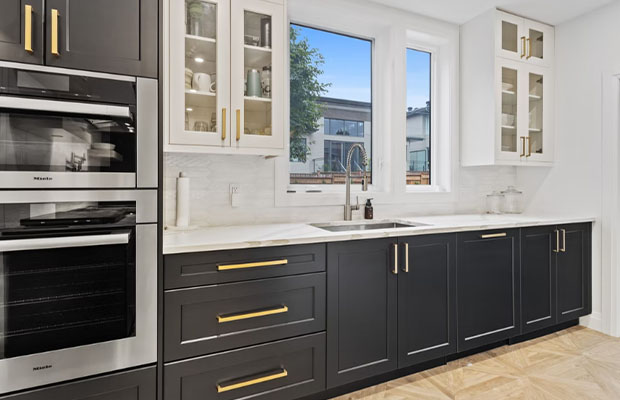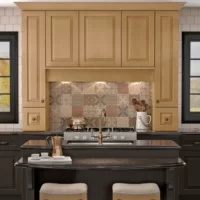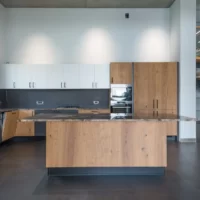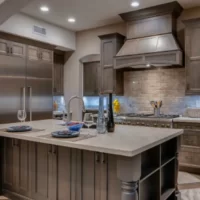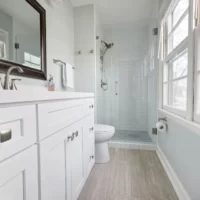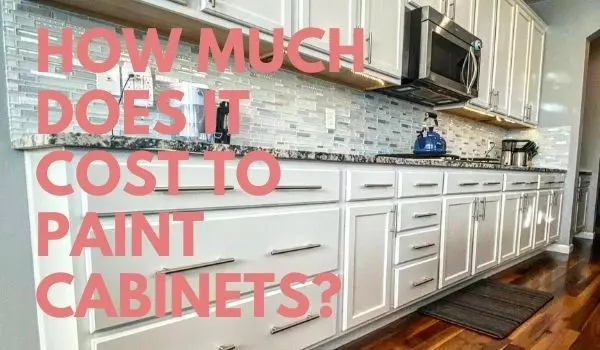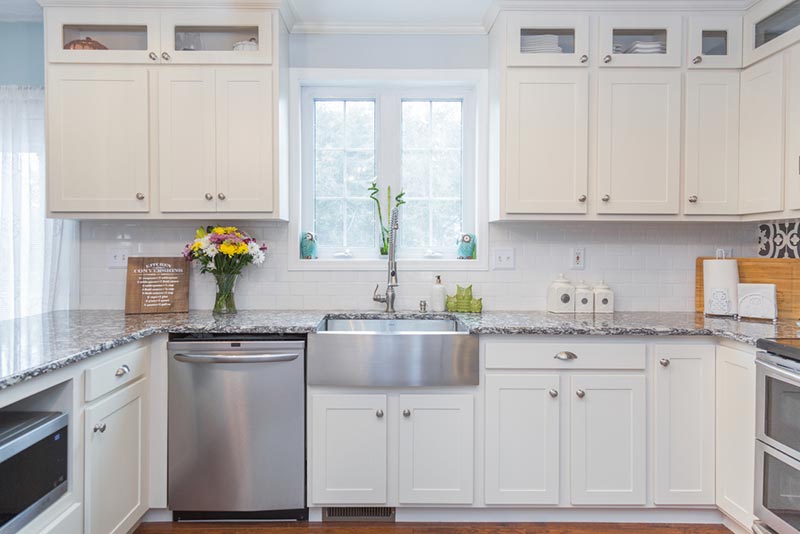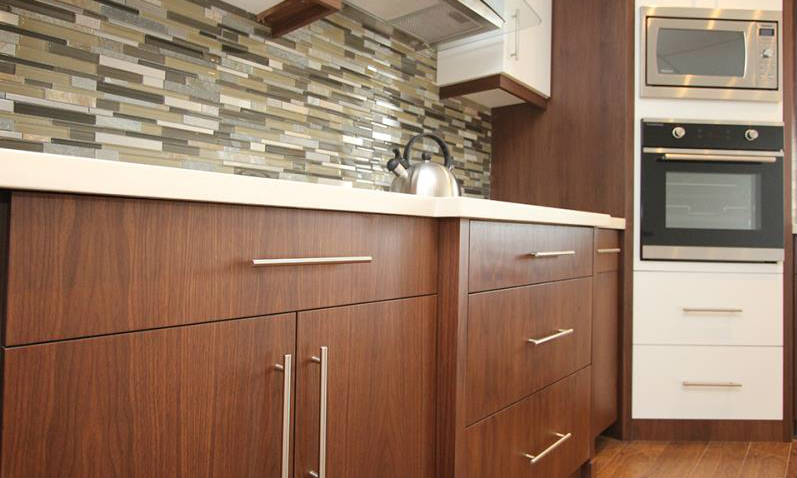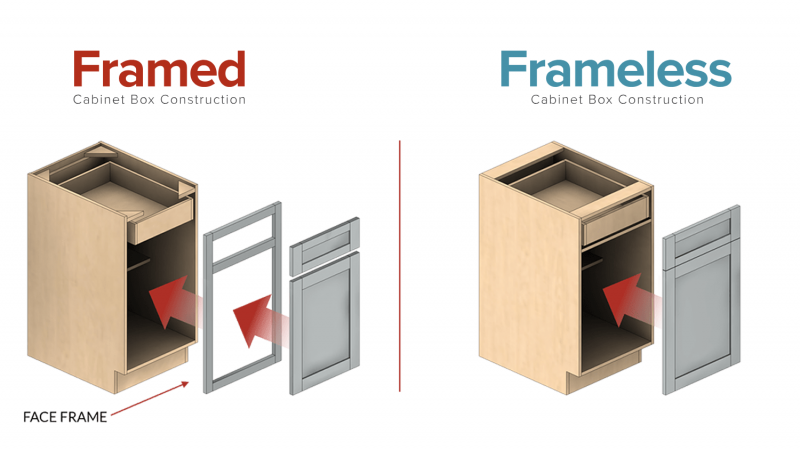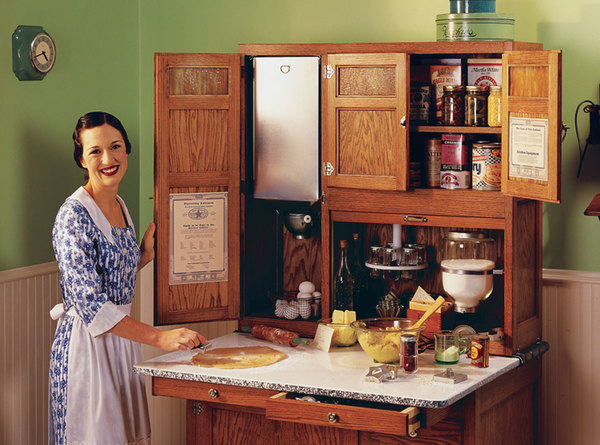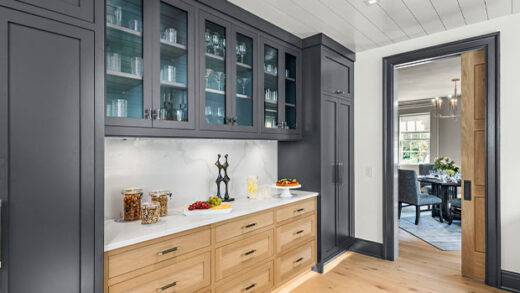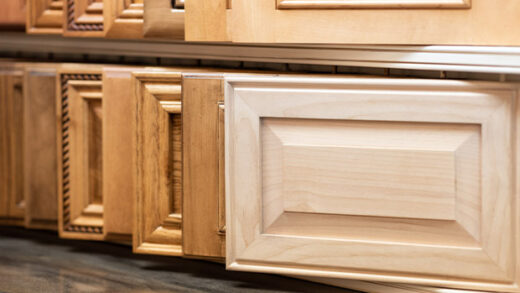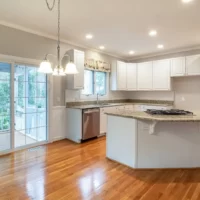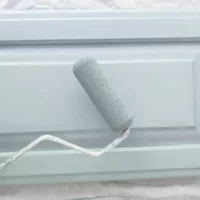Whether you need to update your kitchen or bathroom, a new color of paint on the cabinets will do the trick. Do you know how many coats of primer on cabinets? You should apply at least one coat of paint to your cabinets and a maximum of two coats of primer.
If you’re looking to renovate your kitchen or bathroom, but don’t want to invest a lot of money, cabinet painting is a great way to do it.
Primed areas take 24 hours to dry, which makes us impatient! Another annoying part of primer is deciding how many coats should be applied.
Don’t worry, I will help you. This article will explain everything about the number of cabinet primer coats.
Table of Contents
What Is a Primer?
Primer is a special white paint used to make it easier for the paint to adhere to cabinet surfaces. Not all cabinets are flat. Some cabinets may not be compatible with paint, which may result in a shortened lifespan of the paint applied. In this case, proper primer application can keep the paint sticking longer than unprimed paint. Besides keeping your paints glued together, prime does other jobs & they are:
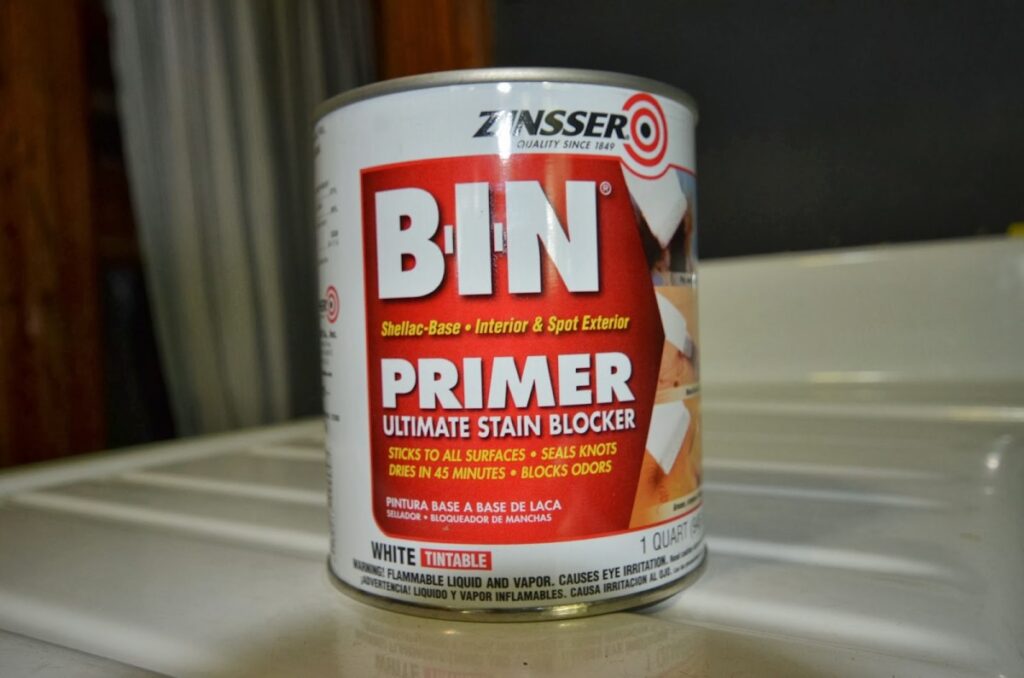
- Repair damaged/cracks in wooden furniture or cabinet doors
- Conseils stains so they don’t bleed and ruin your paint
- Create flawless walls
- Prevents wood from soaking in paint after spraying
- It helps neutralize the color of your surface and helps the paint show its truest glorious form.
Read More: How Much Does It Cost to Paint Kitchen Cabinets?
How Many Coats Of Primer On Cabinets?
You should apply at least one coat of paint to your cabinets and a maximum of two coats of primer. In most cases, one coat of primer will suffice. Depending on the surface condition of the wood furniture, you can also apply two coats of primer.
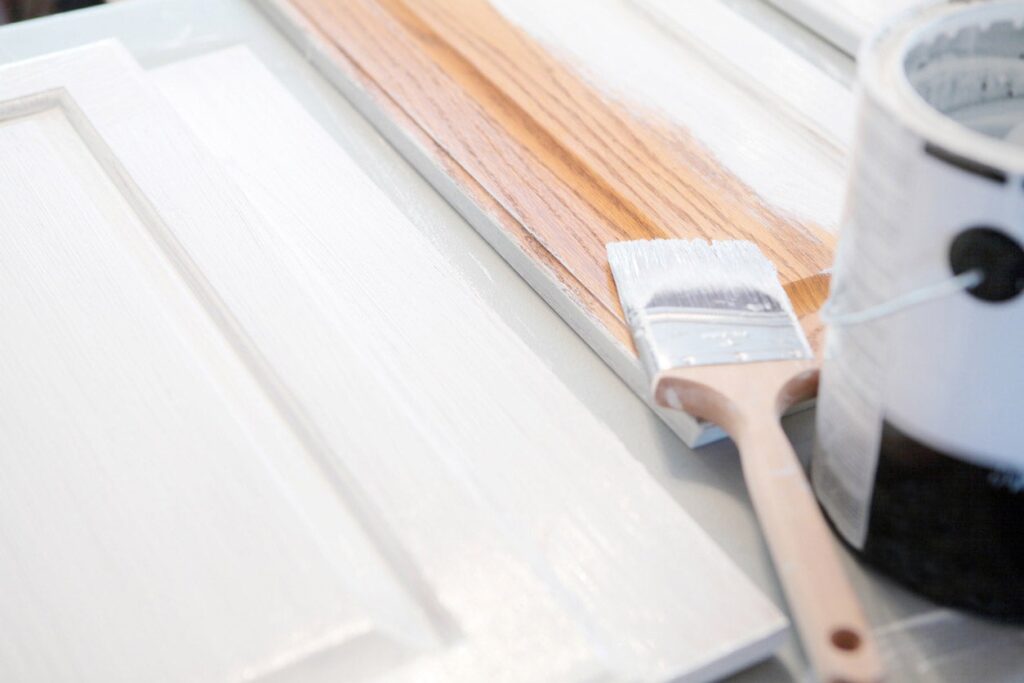
In general, use one to two coats of primer to keep in safe areas. What if you use more than two coats? OK, I’ll discuss this after the next section. Stay tuned as the next section will cover how to properly apply one and two coats of primer.
One Coat
A coat of primer can increase the adhesion of the cabinets. You only need one coat of primer if your enclosure meets the following conditions:
- Your cabinets should be light-colored.
- Your cabinets are moderately polished with no cracks or damage.
Tip: Remember that a coat of primer is only sufficient if it dries properly within 24 hours.
Two Coat
Some furniture or cabinets may require more than one coat of primer. You should use two coats of primer if your cabinet:
- The color of your cabinets should be dark & include black, espresso, and brown.
- Minor cracks or damage to your cabinets even after the first coat of primer.
Bonus reason: If your first coat of primer is uneven or stained, you can and should apply another primer.
Tip: Your first coat of primer should dry within 30 minutes. Do not rush to a second coat; wait another 30 minutes. It is a good practice to leave an hour between primer coats & you should follow it for best results.
Three Coats and Above
You may be wondering what happens if you use three or more coats of primer. Simply put, it will hinder the main motivation for startup and other issues such as:
- Poor paint adhesion, which can cause the paint to peel off
- it causes uneven drying
- You’ll notice disturbing patterns in the surface area
What is the Purpose of Primer?
The goal of the primer is to prepare the surface so that paint will adhere to it properly. The surface of cabinets is typically made of wood.
Priming is necessary before painting wood surfaces, such as cabinets. A wooden cabinet that was painted without first priming it would dry before the solvents could properly cure.
There are several things that can occur if you paint your cabinets without priming them first, such as:
- Paint peeling
- Unevenly drying
- Spotted patterns
- Potential damage to the cabinets
Give yourself a day to prime the cabinets before painting them, and then go back to the painting after the 24-hour mark. It requires a little bit of patience to prime your cabinets, but the results are well worth it.
Prepare Your Cabinets
Properly preparing your cabinets is a critical step in ensuring a successful painting. By following these simple steps, you can be sure of having a perfect-looking cabinet.
- Remove and Label Doors: First thing: remove all cabinet doors and any hardware you don’t want to be ruined by paint. For your kitchen cabinets, you’ll want to make sure to label the doors as you remove them, or you’ll spend extra time matching the doors after painting. Depending on how many cabinets you have in your bathroom, you might get away with not needing to stick a label.
- Wash the doors: There are a lot of traffic jams in the kitchen and bathroom. In the kitchen, food splatters and grease can build up over time. The bathroom may be full of dirt and scum. Before you start painting, cleaning all cabinet doors and removing any buildup is a step you don’t want to forget.
- Sanding the doors: Before you start priming and painting, the cabinets need to be lightly sanded. You don’t want to overdo it but have enough sand to provide a good surface for the primer to adhere well.
- Primer and paint: Once all the cabinets are ready, you can apply a coat of primer. Once the primer is applied, you can finish with the new paint color.
Painting your cabinets is definitely a process, depending on how many doors you have; that’s why many people consider professional cabinet painting when deciding to change colors.
Also Read:
Can You Use Too Many coats Of Primer?
You should never use more than two coats of primer, let alone “too much”. For most furniture and wood products, including cabinets, one coat of primer is sufficient. If you have a dark cabinet to paint & want to prime then you can apply two coats of primer. Do not overuse the primer as this can cause damage such as uneven drying, speckled patterns, peeling paint, and other potential damage to the cabinets.
FAQs
How Long Should Primer Dry on Cabinets?
Simply put, you must wait until the primer on cabinets is fully dry before painting. It may take up to 24 hours for primer to dry completely on cabinets.
But you can hasten the process by using fans, dehumidifiers, and opening windows so that air can circulate freely throughout the space. It will be impossible to paint cabinets before the primer has fully dried, ruining both the paint and the primer.
Should You Use 2 Coats of Primer on Cabinets?
We get impatient waiting the full 24 hours for primed areas to dry! Making a decision about how many coats of primer to use is another annoying task.
Do You Sand Between Coats of Primer on Cabinets?
As the paint or primer dries, dust may condense inside. For the smoothest final coat, sand between coats of primer or paint with 220-grit sandpaper or an extra-fine sanding sponge. Prior to recoating, vacuum as usual and tack.
Conclusion on Coats Of Primer On Cabinets
This article is about the number of coats of primer on a cabinet. I hope it’s now easier for you to decide how much coating you should apply based on the condition of the cabinet.
In conclusion, unless you’re dealing with darker cabinets with some damage/cracks, you should only apply one coat of primer. Also, if the first coat is not satisfactory, you can use another coat of primer. If you want to learn more about cabinet painting, read our post on Best Paint Brush For Cabinets.



